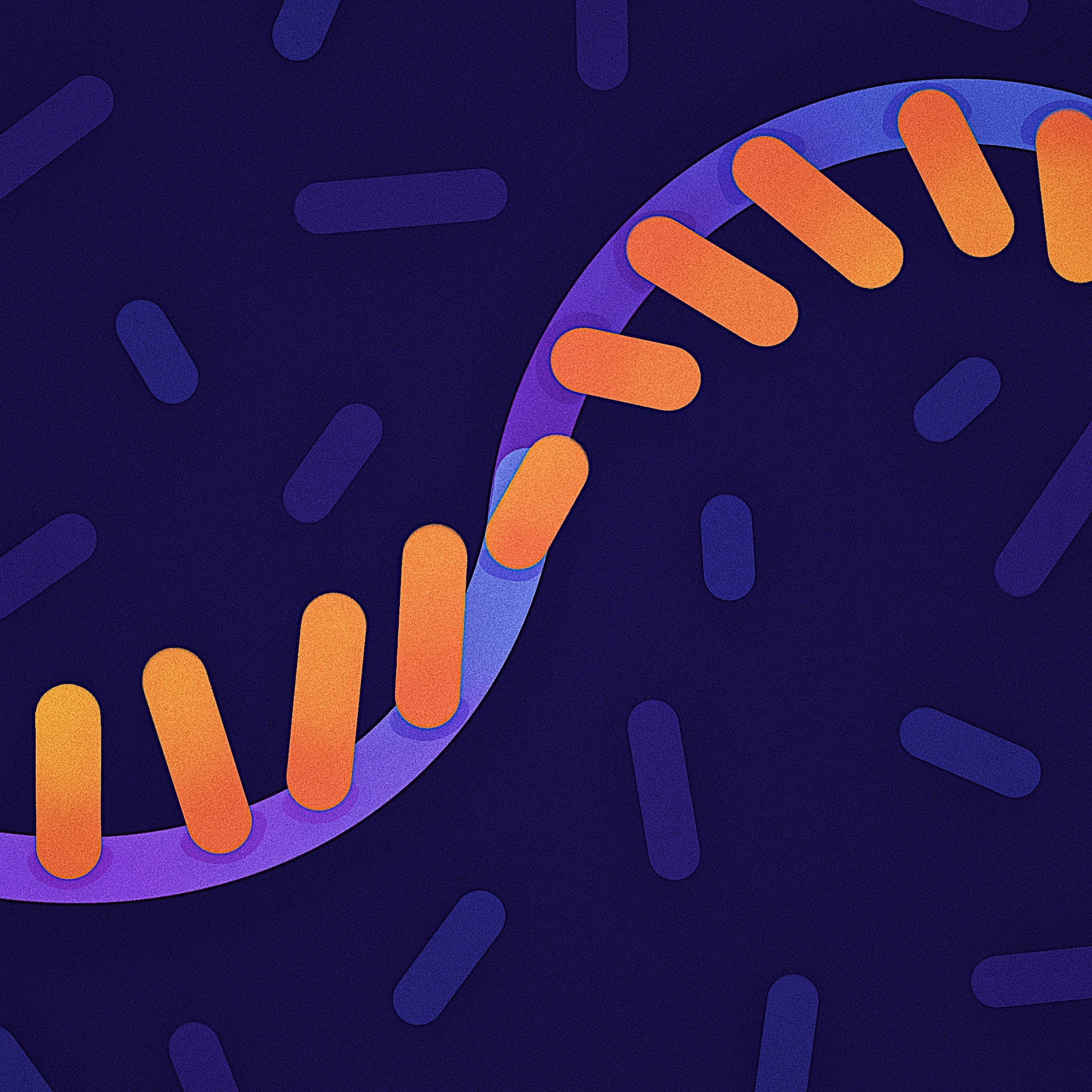
Sophia Zhao
Yale researchers have directly connected overexpression of “jumping genes” to neurodegenerative diseases, and have found a potential cure — HIV medication.
“Jumping genes,” or DNA sequences that move from one location on the genome to another, comprise almost half of human genetic information. Originally believed to be junk DNA, jumping genes are now known to perform critical regulatory functions, but are regularly silenced, meaning they stop moving. This results in a stabilized cell. Yale researchers in the Iwasaki Lab have directly connected one type of jumping gene, LINE-1, to neurodegenerative diseases through the development of a novel mouse model. Their work was published in the scientific journal Neuron earlier this month.
“This is the first time it was demonstrated that Long Interspersed Nuclear Elements, or LINE-1, can lead directly to neurodegenerative disease,” Sterling Professor of immunobiology Akiko Iwasaki said. “We created a new mouse model where we can turn on these genes artificially and ask: ‘What is the consequence?’”
Previous studies have linked LINE-1 expression to ataxia telangiectasia (AT), a severe neurodegenerative disorder, but this is the first time the relationship was shown directly by altering the expression of the gene within a mouse model. This experimental setup shows LINE-1 overactivation is sufficient for AT development, bridging the gap from correlation to causation, according to Iwasaki.
CRISPR-Cas9 was used to directly control the expression level of LINE-1 in a novel mouse model, which was developed by the paper’s first author, Takehiro Takahashi, a researcher in the Iwasaki Lab. This is the first time the expression of a transposable retroelement has been controlled in this manner.
“Takehiro put in this huge effort, developing a system where he can modulate LINE-1 expression in a mouse, and by doing that, brought the field forward, showing direct evidence that a retroelement can cause disease,” said Eric Song, former researcher in Iwasaki’s lab and current medical resident at Yale New Haven Hospital. “Retroelements have been implicated in many other diseases, ranging from other autoimmune disorders to cancer, but people haven’t been able to show an effect because of an inability to modulate expression. Instead of having correlative studies, Takehiro’s tool is going to support acquiring direct evidence.”
Precise control of LINE-1 activation is especially valuable in this study because in the healthy brain, some LINE-1 activation is expected. The jumping genes give rise to heterogeneity and plasticity in the brain, adding to the complexity of the circuit. This supports complicated tasks, such as learning.
However, overactivation can be dangerous. The paper shows that a small increase in LINE-1 activity is sufficient to cause DNA damage and ER stress, leading to toxicity within the cells, and eventually death of the neurons.
Takahashi compared jumping gene activity in the brain to a double-edged sword: “Neurons are taking advantage of jumping properties to generate plasticity, while they are more vulnerable because they are utilizing these activities,” he said.
LINE-1 is a retroelement, meaning that in order to jump to a new location, it must be transcribed into RNA and then reverse-transcribed into DNA. This reverse-transcription enzyme is also critical to the HIV life cycle, since as a retrovirus, it also performs RNA to DNA transformation.
The Iwasaki lab has given mice with neurodegenerative disorders HIV medications and found that the progression of neuron degradation stopped.
“We used HIV inhibitors to block the retrotransposition activity of LINE-1 and in those animals we were able to prevent the onset of neurodegeneration as well as ataxia,” said Iwasaki. “This means that existing FDA-approved drugs may be useful in treating certain types of cerebellar ataxia.”
While human clinical trials are necessary to determine whether HIV medications are a viable option for AT patients, this study provides a source of hope for those with the currently incurable disease.
AT is estimated to impact 1 in every 40,000 people in the US.







